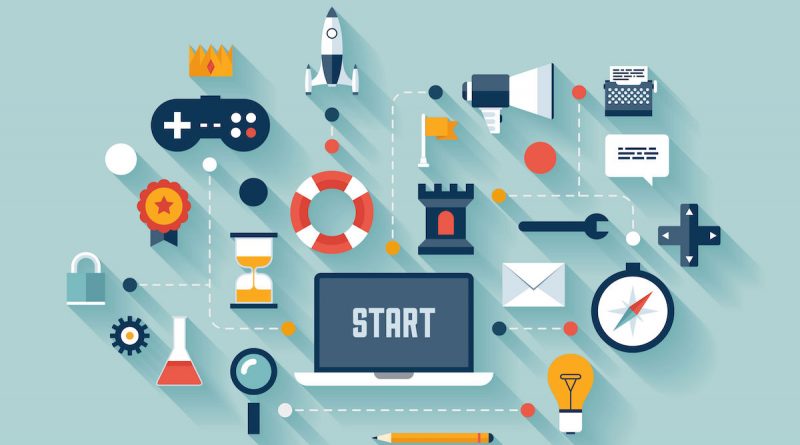Top 3 Gamification Techniques to Use in Product Development
Most product designers are looking to keep their users engaged and active. But how can this goal be achieved? The gamification techniques we will discuss in this article are common in PC gaming, but they can also be applied in almost any product. Here we go.
1. Challenges
How it works
The app challenges users to keep them interested and engaged.
Why it works
Most of us have experienced at some point a state where all our attention was focused on a specific task. Mihai Csikszentmihalyi called this state “a flow”. During the flow, people usually experience deep pleasure.
Challenges can keep users in the flow.
When to use it
When you want to improve your user experience and make your product more interesting. This method is ideal for educational and fitness applications.
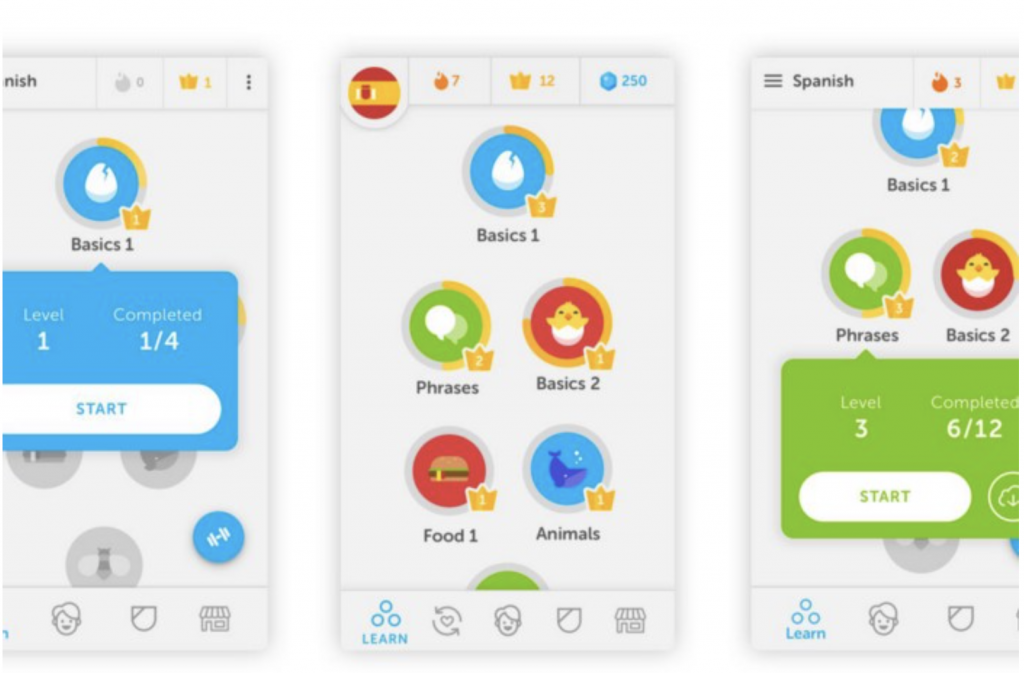
How to implement it
- Set a clear goal. Make sure users understand what they can achieve and how. Remove everything from UI that distracts the user from achieving the goal.
- Remember to target both novice and experienced users. Beginners and experienced users alike should be confident that they can handle your challenge.
- It is worth implementing a level system in your product to communicate the user’s progress. For example, in video games, events are often presented in level: as users progress, they can solve more complex problems (for example, level 2 is more difficult to complete than level 1). The same approach can work for regular applications as well.
- Provide instant feedback to user actions. This will help you reduce user anxiety.
- Assess the user’s skills and the complexity of your challenges. Too complex challenges can cause stress and anxiety, while ones that are too simple and mundane can be boring. Both stress and boredom can lead to product dissatisfaction. This is why it is so important to strike a balance between the learning curve and the difficulty curve of the experience. The flow occurs on the border between boredom and anxiety.
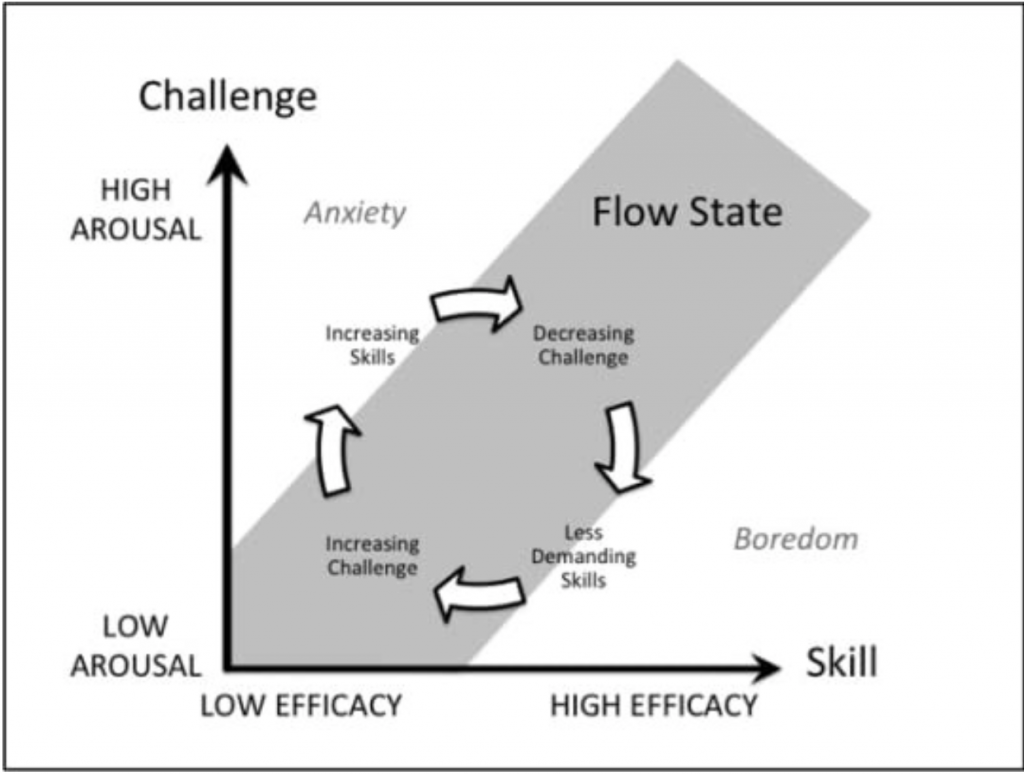
2. Unlocking content or features
How it works
Some content / function in the application is not available to users until they do something.
Why it works
When content / features are of some value to users, they are more willing to spend time and effort getting them. The unlocked content / feature acts as an input that makes your users appreciate your product more than they did before.
When to use it
This method is great when you want to improve user experience and retention rates. When users learn about your product and start using new features, they invest time and effort in your product.
How to implement it
- Content / feature unlocking should not be used as the only way to motivate people to use your product.
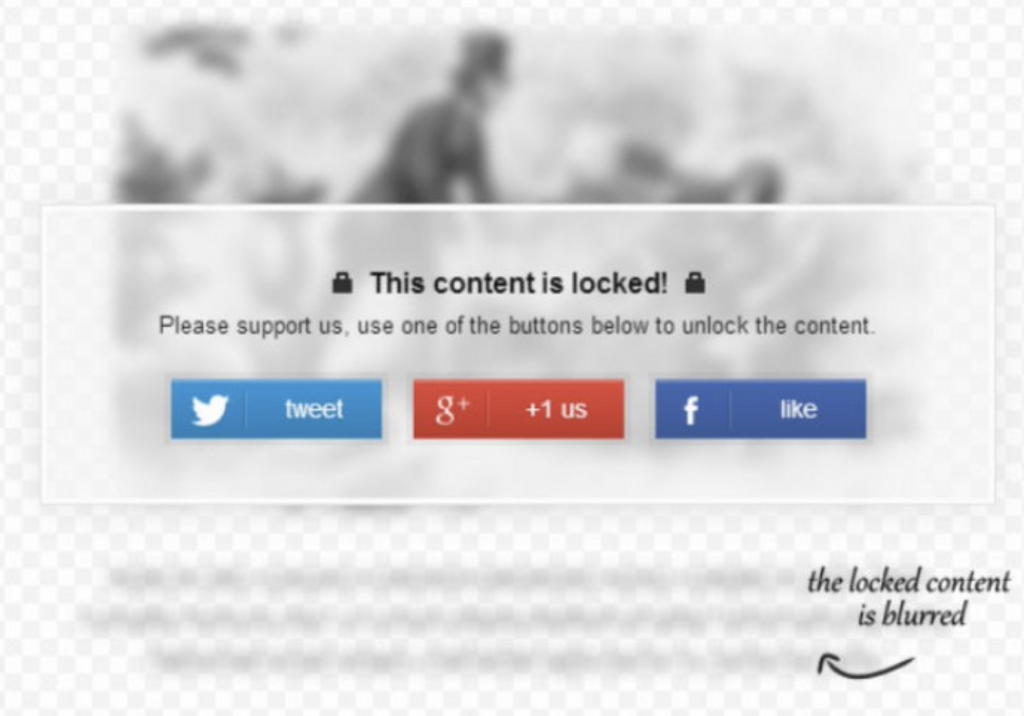
- Clearly indicate the path to unlock features. For example, you can enter in-app points that users can spend to unlock content / features. Depending on the nature of your app, users can earn points (such as in-app karma points) or buy them with real money or crypto.
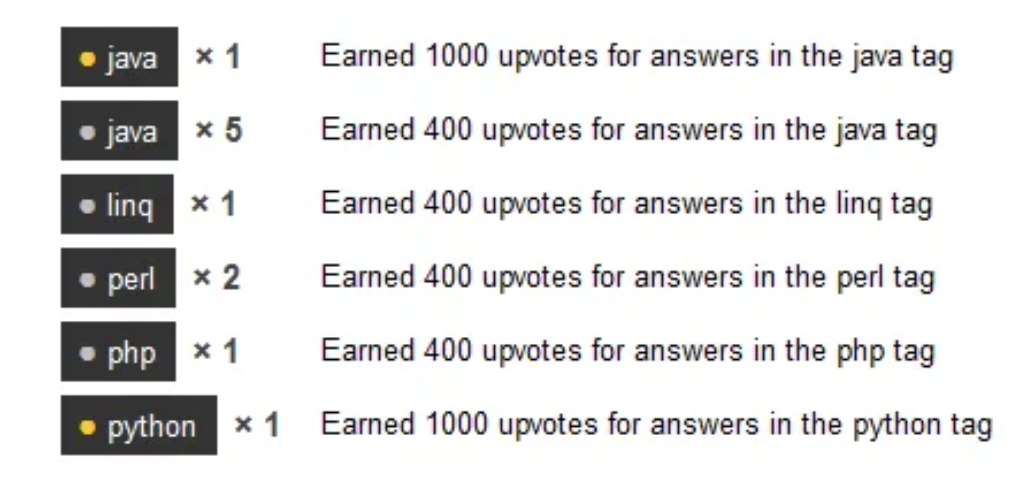
3. Achievements
How it works
The app rewards users for completing a specific task.
Why it works
This technique is rooted in a psychological need for completion that prompts users to take action. When users know they will be rewarded after performing certain actions, the reward will motivate users to move forward.
When to use it
When you want to call user for a specific action. For example, you want users to provide more personal information.
How to implement it
- If your product is focused on an ultimate goal (a.k.a. BHAG), all you have to do is set expectations and communicate progress to motivate users to receive rewards.
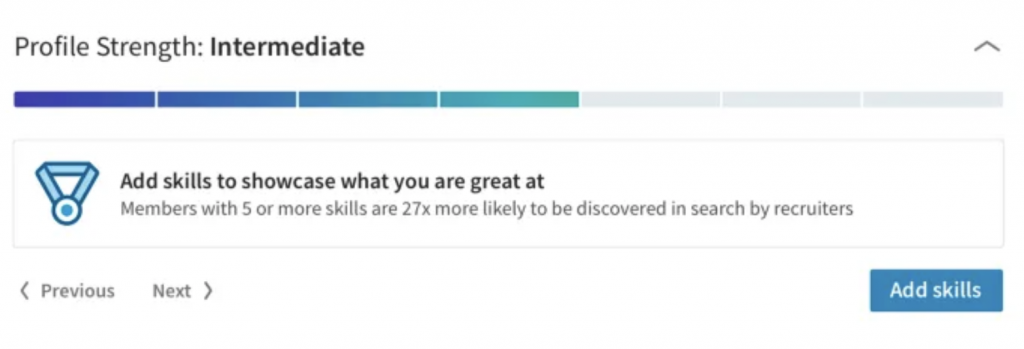
- Alternatively, you can reward users after completing major tasks (milestones). Try to formulate clear goals that users can strive for in order to receive rewards. Users need to know from the start that they will be rewarded for achieving a certain goal so that they can plan their resources (time, money, energy) accordingly.
Stay tuned with Software Focus!

